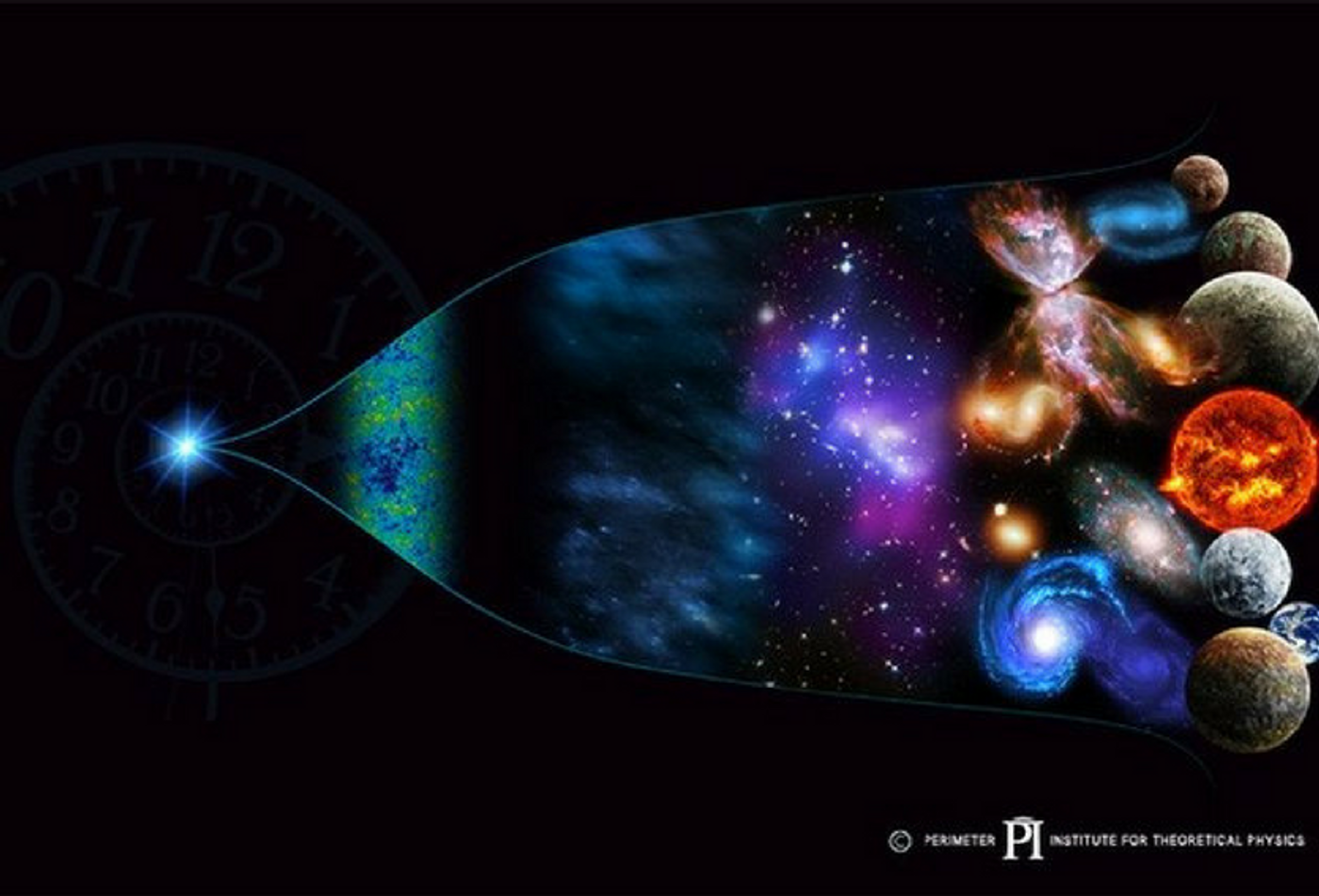Can The Arrow of Time Be a Relative Concept?
The arrow of time, also known as the asymmetry of time, dictates that time only flows one direction. An international team of researchers has conducted an experiment that shows that the arrow of time is a relative concept, not an absolute one.
They did not find a way to dial back the clock (and win a billion dollar lottery). But what they did is nothing short of amazing and clever. In a paper uploaded to the arXiv server, the team describe their experiment and its outcome, and also the implications of their findings.
The arrow of time can be defined by the second law of thermodynamics, which says that in an isolated system, entropy, or disorder, tends to increase with time. In their effort, the researchers found an exception to this rule that works in a way that doesn't violate the rules of physics as they have been defined.
The entanglement of particles has been all over the place in science news due to the increasing popularity of quantum physics. There is another lesser-known property of particles that is similar in nature, known as correlation
Correlation is a relationship of two or more subsystems. For example, two or more people carry an umbrella because of the forecast of possible rain. Entanglement is a particular kind of correlation, a strong one, which is not allowed in the classical model of physics. Like entanglement, particles or subsystems that are correlated share information, though the information does not constitute a strong bond.
To observe the so-called reversed arrow of time, researchers played with the temperature of the nuclei of a small molecule trichloromethane in a Nuclear Magnetic Resonance (NMR) environment. They made the hydrogen nucleus hotter than the carbon nucleus, and then measured the direction of heat flow. When the nuclei of the two atoms were uncorrelated, heat flowed from the hotter hydrogen nucleus to the colder carbon nucleus. But when the two were correlated with spins at -1/2, they found that the heat flowed backward the colder nucleus to the hot nucleus.
The spin number describes the angular momentum of an electron. An electron spins around an axis and has both angular momentum and orbital angular momentum. The spin number has both a magnitude (1/2) and direction (+ or -). Isotopes containing an odd number of protons and neutrons such as Hydrogen-1 and Carbon-13, which are in the trichloromethane molecule, have an intrinsic magnetic moment and angular momentum. Therefore, they can be manipulated with the magnetic field of NMR.
But why did the researchers believe that their observation did not violate the second law of thermodynamics? Because the law assumes that there are no correlations between particles in the system.
So no one is traveling back in time (at least not yet), and no classical physical laws is broken. But the discovery from this microscopic level experiment challenged the common understanding of time. As the researchers pointed out, the research “highlights the subtle interplay of quantum mechanics, thermodynamics and information theory”. They believed that the results revealed the limitations of the standard model of physics and the local application of the second law for systems that are correlated.
Entropy and the Arrow of Time. Credit: The Royal Institute
Source: phys.org









